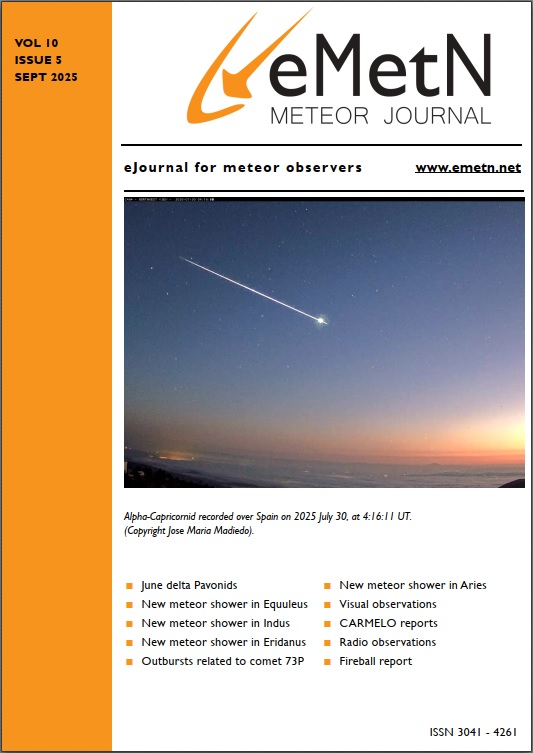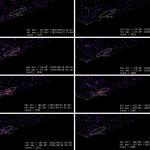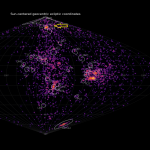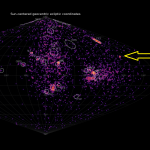Abstract: An overview of the radio observations during June 2025 is given.
The graphs show both the daily totals (Figure 1) and the hourly numbers (Figure 2) of “all” reflections counted automatically, and of manually counted “overdense” reflections, overdense reflections longer than 10 seconds and longer than 1 minute, as observed here at Kampenhout (BE) on the frequency of our VVS-beacon (49.99 MHz) during the month of June 2025.
The hourly numbers, for echoes shorter than 1 minute, are weighted averages derived from:

Local interference and unidentified noise remained quite limited, with lightning activity recorded on only four days. However, strong solar flares, mostly Type III, occurred almost daily (Figure 3).
This month, the well-known daylight showers were particularly dominant, primarily the Arietids (ARI). Other showers were also active, although the number of reflections appeared to be lower than in previous years.
7 reflections lasting longer than one minute were observed this month.
A selection of these, along with a few other interesting recordings is included (Figures 4 to 16).
In addition to the usual graphs, you will also find the raw counts (subject to strict reservations as previously said) in cvs-format from which the graphs are derived. The table contains the following columns: day of the month, hour of the day, day + decimals, solar longitude (epoch J2000), counts of “all” reflections, overdense reflections, reflections longer than 10 seconds and reflections longer than 1 minute, the numbers being the observed reflections of the past hour.
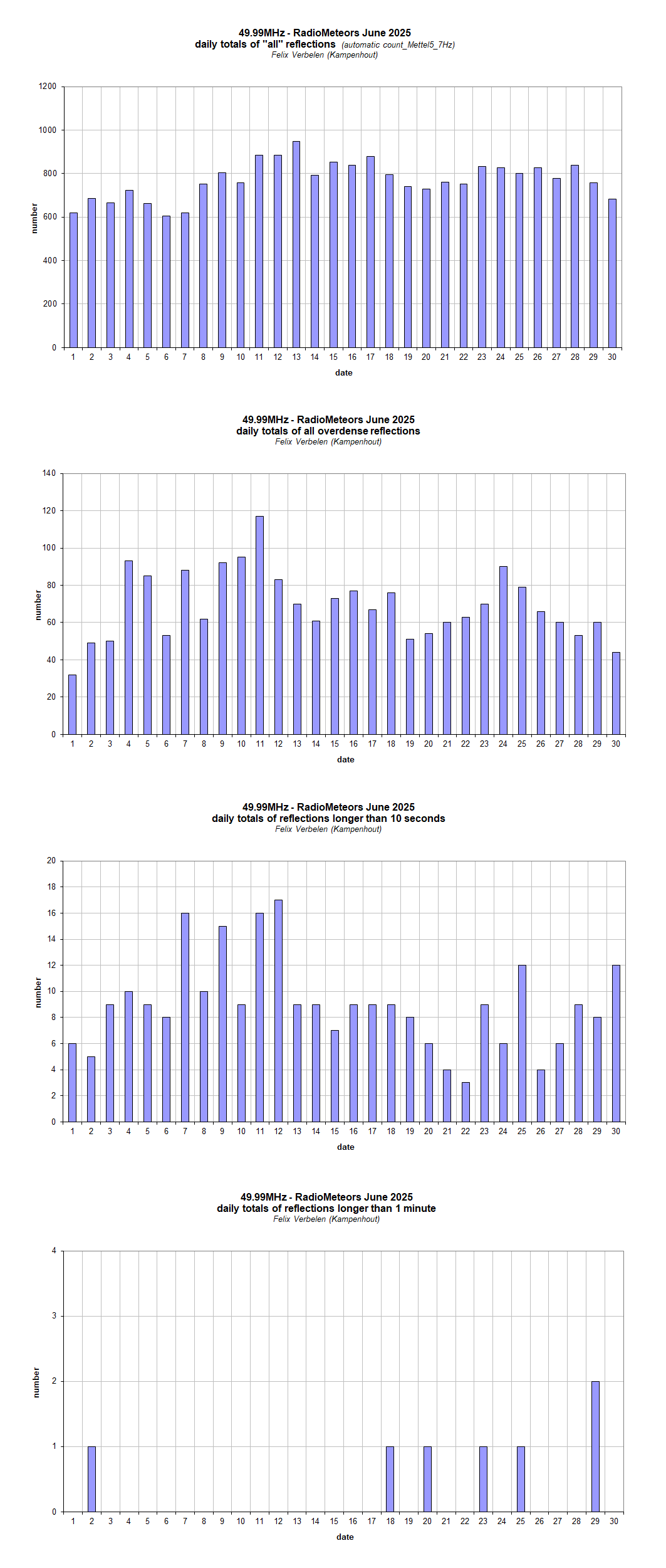
Figure 1 – The daily totals of “all” reflections counted automatically, and of manually counted “overdense” reflections, as observed here at Kampenhout (BE) on the frequency of our VVS-beacon (49.99 MHz) during June 2025.
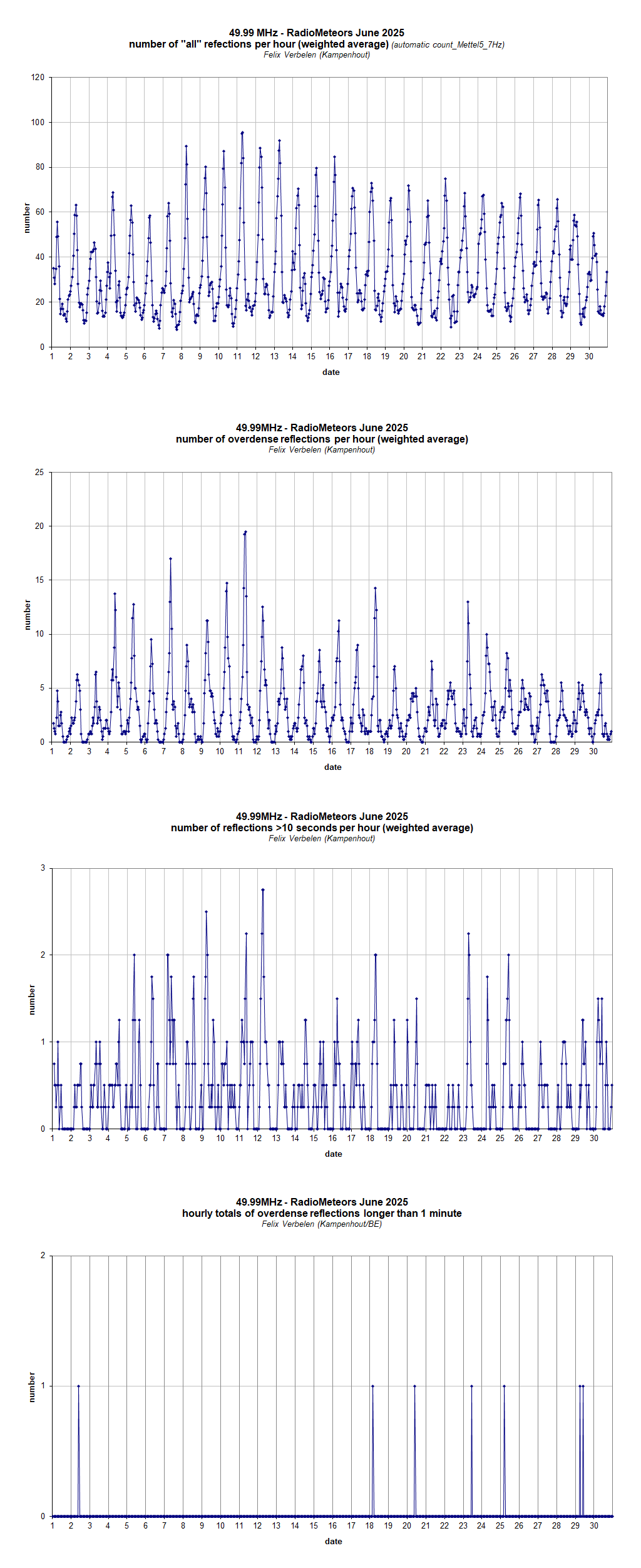
Figure 2 – The hourly numbers of “all” reflections counted automatically, and of manually counted “overdense” reflections, overdense reflections longer than 10 seconds and longer than 1 minute, as observed here at Kampenhout (BE) on the frequency of our VVS-beacon (49.99 MHz) during June 2025.
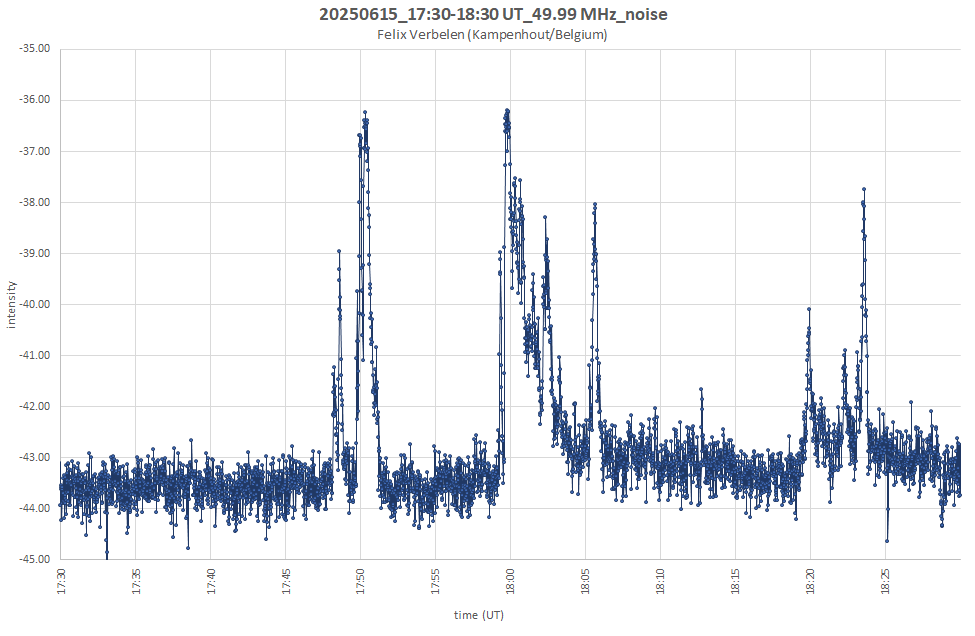
Figure 3 – Strong solar flares, mostly Type III, occurred almost daily.

Figure 4 – Meteor echoes June 2, 9h05m UT.
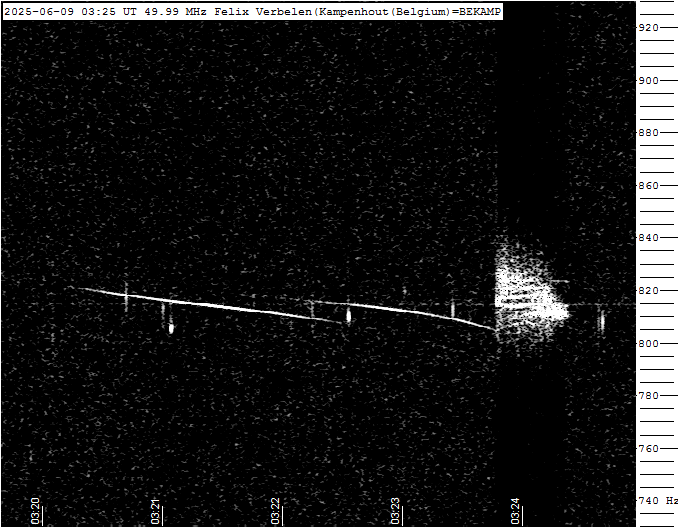
Figure 5 – Meteor echoes June 9, 3h25m UT.
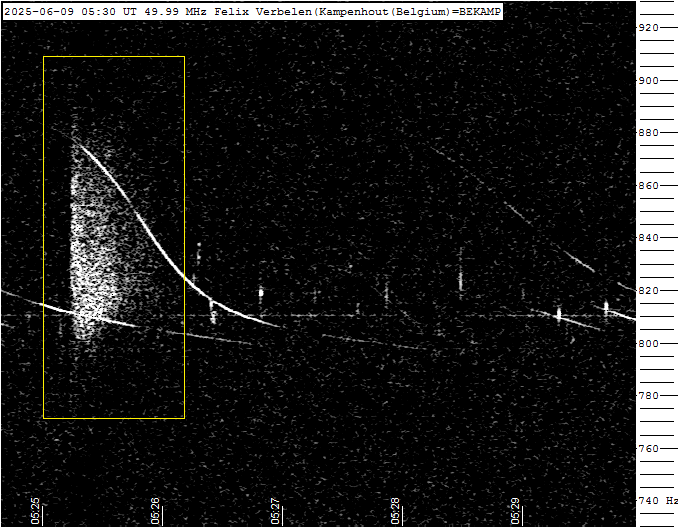
Figure 6 – Meteor echoes June 9, 5h30m UT.
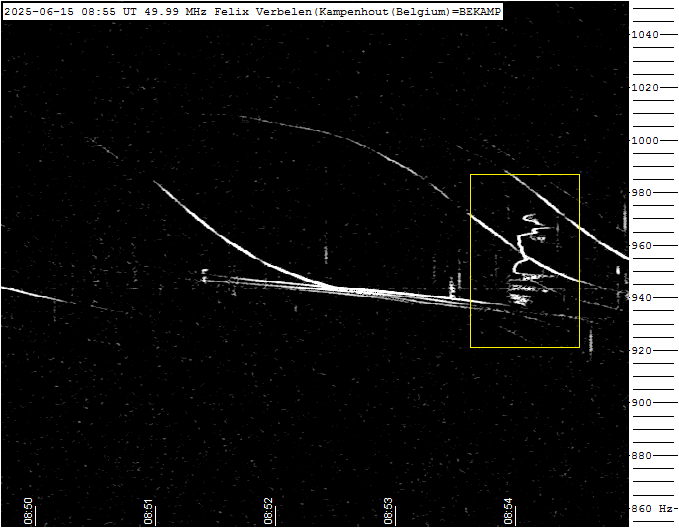
Figure 7 – Meteor echoes June 15, 8h55m UT.
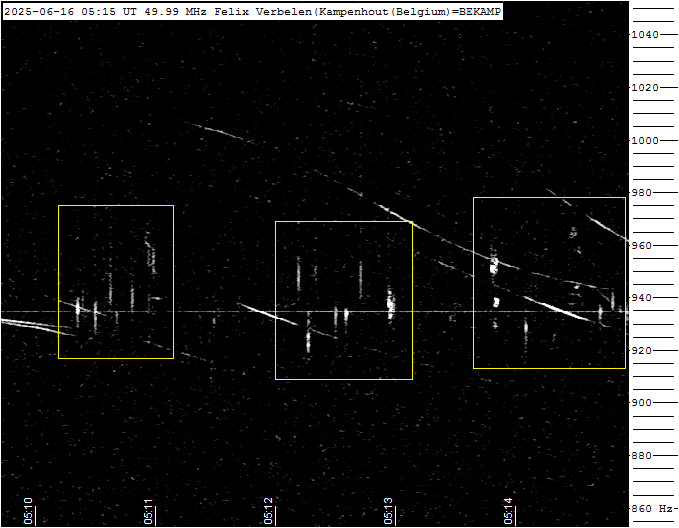
Figure 8 – Meteor echoes June 16, 5h15m UT.
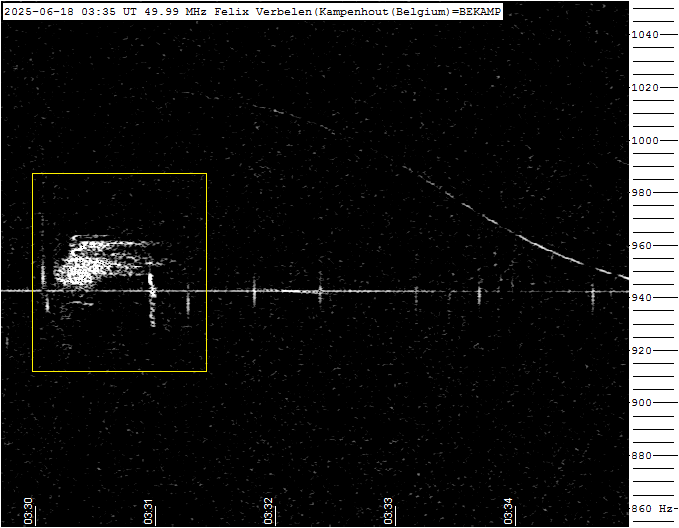
Figure 9 – Meteor echoes June 18, 3h35m UT.
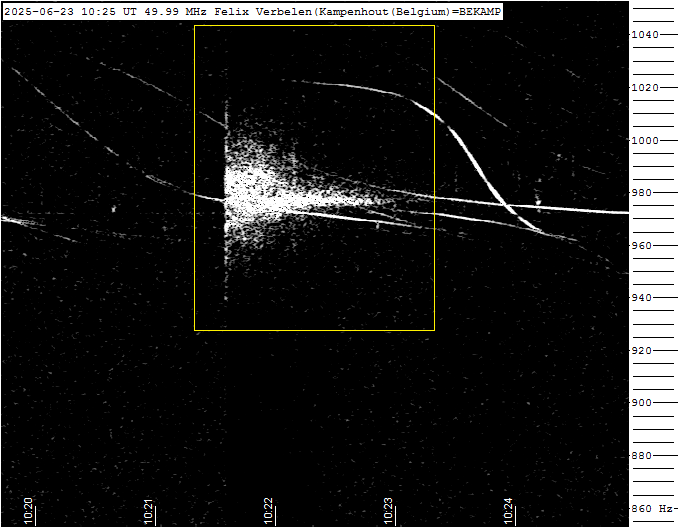
Figure 10 – Meteor echoes June 23, 10h25m UT.
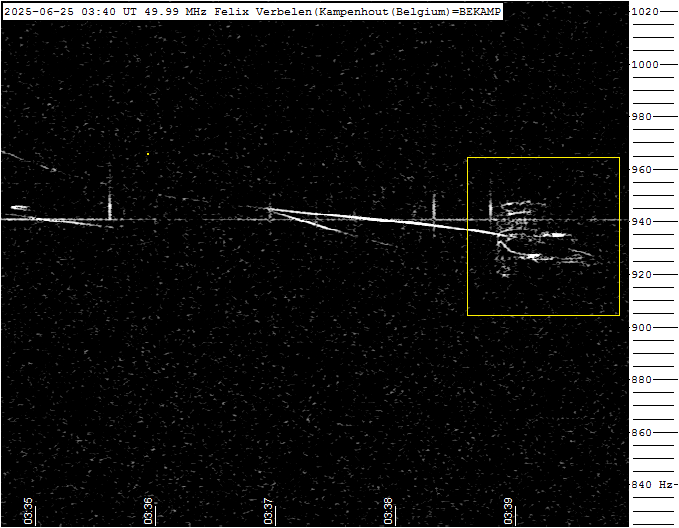
Figure 11 – Meteor echoes June 25, 3h40m UT.

Figure 12 – Meteor echoes June 25, 4h20m UT.
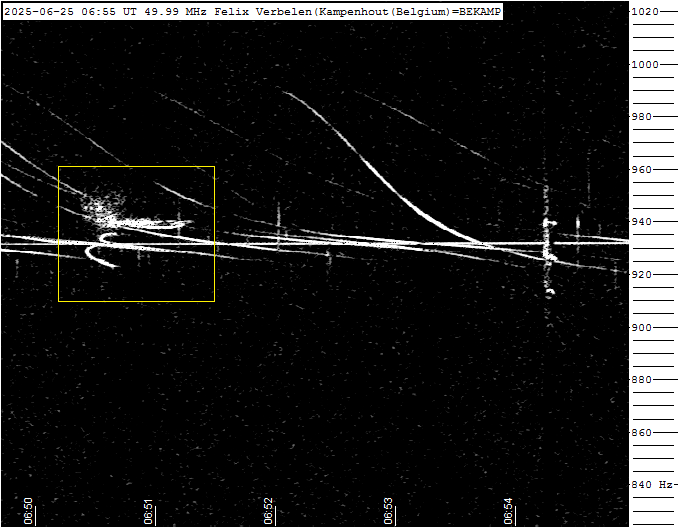
Figure 13 – Meteor echoes June 25, 6h55m UT.
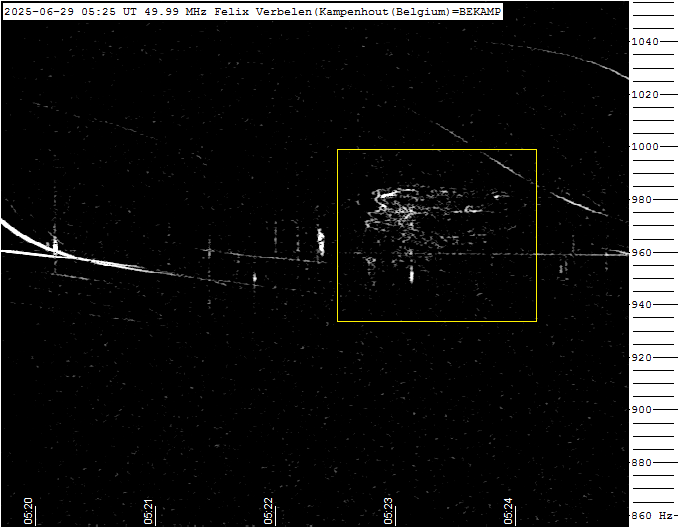
Figure 14 – Meteor echoes June 29, 5h25m UT.
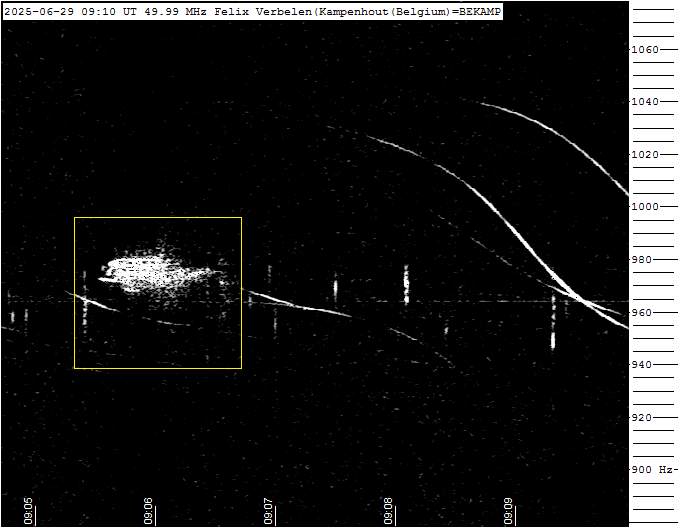
Figure 15 – Meteor echoes June 29, 9h10m UT.
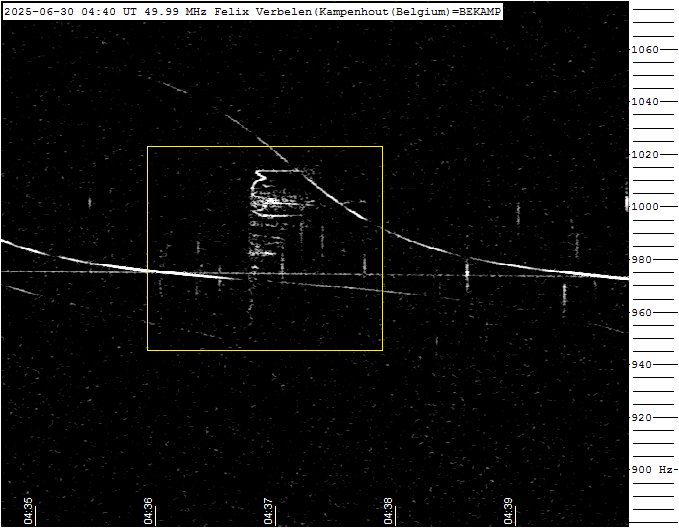
Figure 16 – Meteor echoes June 30, 4h40m UT.
